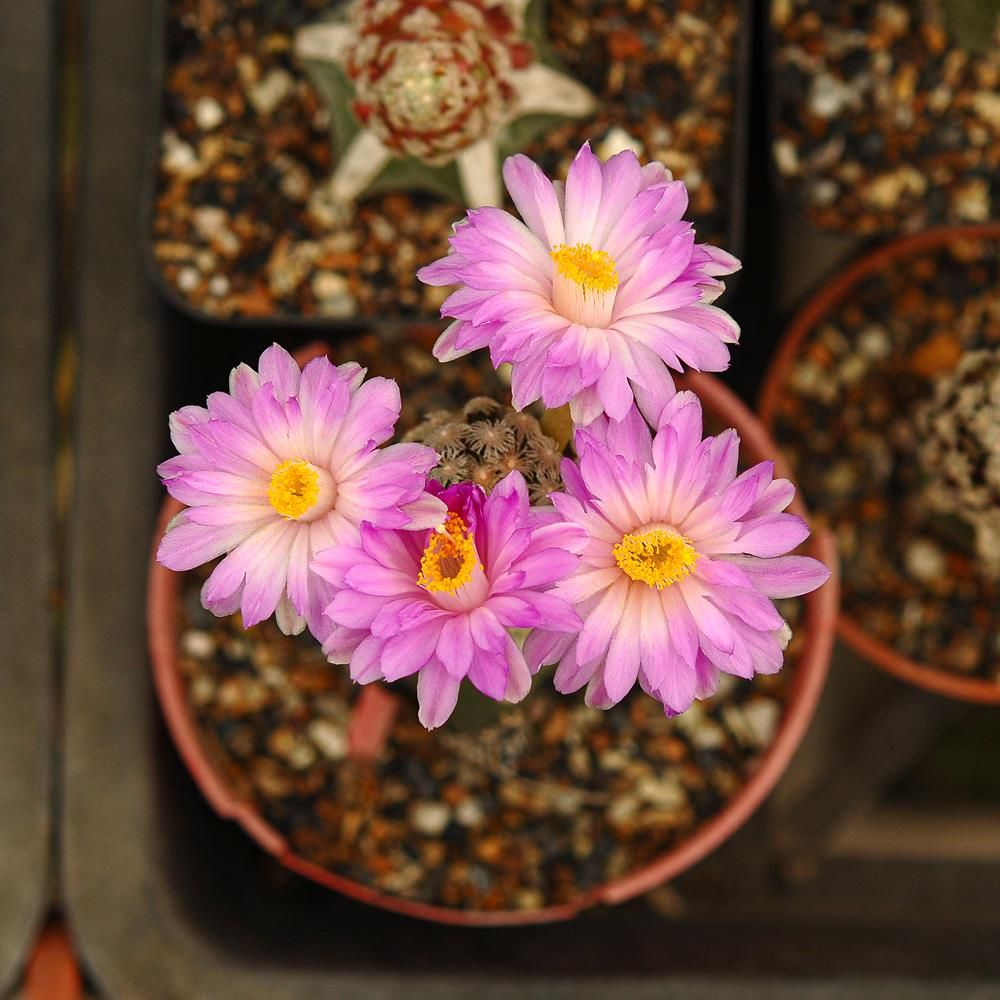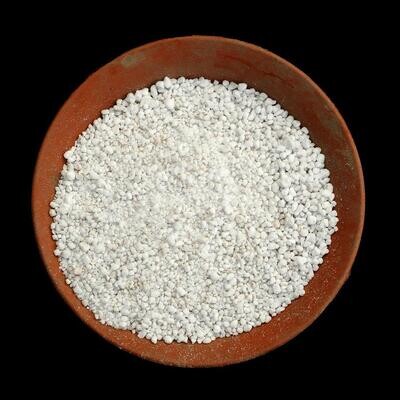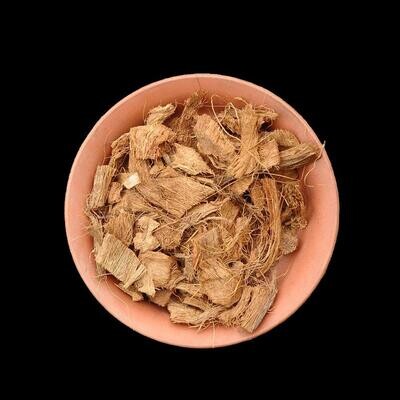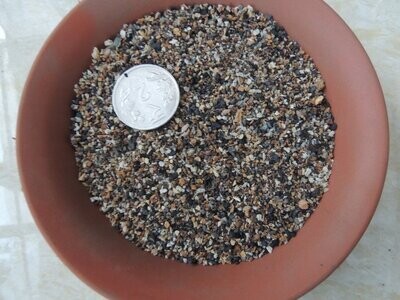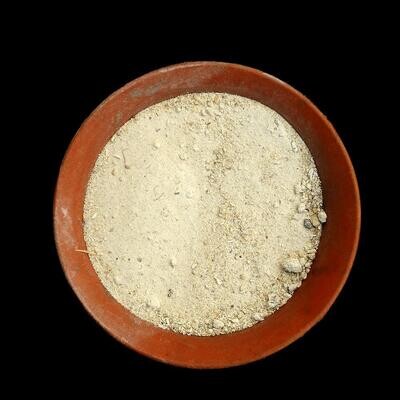Please check the Shipping Updates Page for information on shipping.
Mammillaria theresae Crest Grafted
Origin of Name
The species epithet "theresae" has been named after Theresa Bock who, together with her husband John, discovered the plants on the Coneto Mountains in Durango, Mexico, in 1966/67. The genus name "Mammillaria" comes from the Latin word "mammilla," meaning "nipple" or "teat," referring to the tubercles (nipple-like projections) that are characteristic of plants within this genus.
Technical Description of Plant
Mammillaria theresae is a highly prized species among cactus enthusiasts for its exquisite beauty and rarity. This small, globular cactus grows singularly or in small clusters. Its most striking feature is the dense covering of white radial spines that envelop the body, giving it a snowy appearance. Central spines are typically absent, enhancing its soft, approachable aesthetic. The plant produces vibrant pink to magenta flowers that contrast beautifully against the white spines, typically blooming in a ring around the apex in spring. The flowers are followed by small, red fruits that add an additional splash of color.
Origin of Plant
Mammillaria theresae is endemic to the Mexican state of Durango in the Corneto Pass area, (West Sierra Madre) where it is found only at its type locality (the extent of occurrence is possibly as low as 25 km²). The population is small, certainly not much more than 200 mature individuals individuals.
Conservation Status
Mammillaria theresae is considered rare and is listed as Endangered on the IUCN Red List of Threatened Species. Its limited distribution and the threat of habitat destruction contribute to its vulnerable status. Cultivation in private collections and botanical gardens is crucial for its preservation and reduces pressure on natural populations.
Care Instructions
Mammillaria theresae thrives in conditions that mimic its natural habitat. It prefers bright, indirect light or partial shade and requires a well-draining cactus mix to prevent root rot. Water moderately during the growing season, allowing the soil to dry thoroughly between waterings. In winter, reduce watering significantly to mimic its natural dormant period. This species is sensitive to overwatering and cold temperatures; it should be protected from frost. Fertilize sparingly with a diluted cactus fertilizer during the active growing season to encourage growth and flowering.
